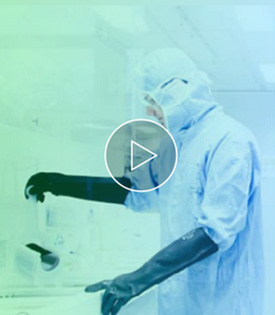NEB® Golden Gate Assembly Kits (BsaI-HF®v2), New England Biolabs
Supplier: New England Biolabs (NEB)
This NEB Golden Gate Assembly Kit (BsaI-HFv2) contains an optimized mix of BsaI-HFv2 and T4 DNA Ligase. Together these enzymes can direct the assembly of multiple inserts/modules using the Golden Gate approach. The pGGA destination plasmid (included), provides a backbone for your assembly, features convenient restriction enzyme sites for subcloning, and has T7/SP6 promoter sequences to enable in vitro transcription.
- Updated to include BsaI-HFv2 (optimized for Golden Gate)
- Seamless cloning - no scar remains following assembly
- Ordered assembly of multiple fragments (2-20+) in a single reaction
- Can also be used for cloning of single inserts and library preparations
- Efficient with regions with high GC content and areas of repeats
- Compatible with a broad range of fragment sizes (<100 bp to >15 kb)
The efficient and seamless assembly of DNA fragments, commonly referred to as Golden Gate assembly has its origins in 1996, when for the first time it was shown that multiple inserts could be assembled into a vector backbone using only the sequential or simultaneous activities of a single Type IIS restriction enzyme and T4 DNA Ligase.
Type IIS restriction enzymes bind to their recognition sites but cut the DNA downstream from that site at a positional, not sequence-specific, cut site. Thus, a single Type IIS restriction enzyme can be used to generate DNA fragments with unique overhangs. BsaI has a recognition site of GGTCTC(N1/ N5), where the GGTCTC represents the recognition/binding site, and the N1/ N5 indicates the cut site is one base downstream on the top strand, and five bases downstream on the bottom strand. Assembly of digested fragments proceeds through annealing of complementary four base overhangs on adjacent fragments. The digested fragments and the final assembly no longer contain Type IIS restriction enzyme recognition sites, so no further cutting is possible. The assembly product accumulates with time.
While particularly useful for multi-fragment assemblies such as Transcription Activator Like Effectors (TALEs) and TALEs fused to a FokI nuclease catalytic domain (TALENs), the Golden Gate method can also be used for cloning of single inserts and inserts from diverse populations that enable library creation.
This kit and protocols feature the specific engineered form optimized for Golden Gate Assembly, BsaI-HFv2. In its simplest form, Golden Gate Assembly requires a Type IIS recognition site, in this case, BsaI-HFv2 (GGTCTC), added to both ends of a dsDNA fragment. After digestion, these sites are left behind, with each fragment bearing the designed 4-base overhangs that direct the assembly.
pGGA is a 2714 bp cloning vector useful for Golden Gate Assembly. The plasmid contains two BsaI sites; digestion with BsaI releases a 41 bp fragment and a 2133 bp vector backbone fragment to receive your insert or assembly.
Ordering information: User-defined inserts, competent cells and other materials for transformation need to be ordered separately.
Delivery information: Kit includes T4 DNA ligase reaction buffer (10X), NEB Golden Gate enzyme mix (BsaI-HFv2), pGGA destination plasmid with T7/SP6 promoters.
Caution: Store at −20 °C
Learn more

About VWR
Avantor is a vertically integrated, global supplier of discovery-to-delivery solutions for...